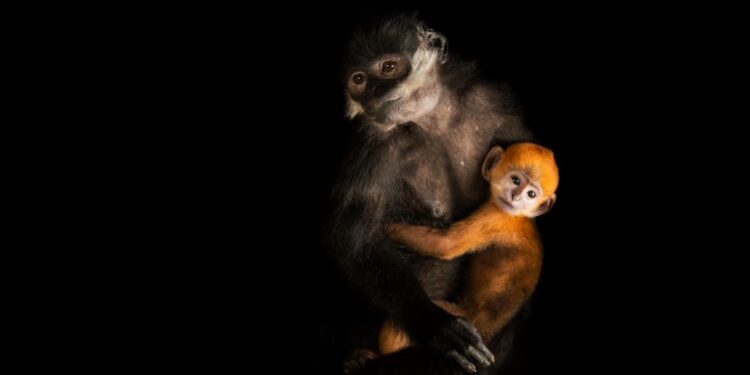National Geographic photographer Joel Sartore has documented many animals at Omaha’s Henry Doorly Zoo & Aquarium for his Photo Ark project. Here are six of his favorites photos from the Omaha zoo.
Australian Freshwater Crocodile
r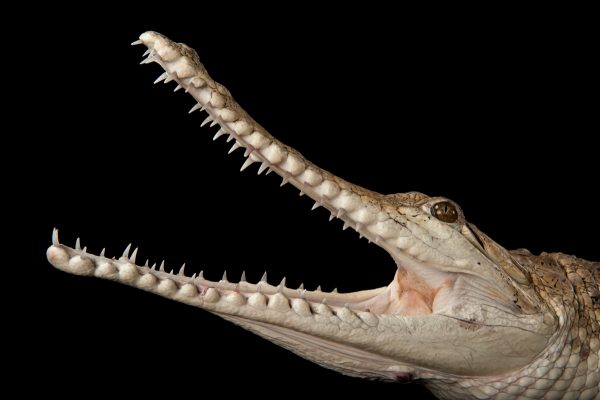 r
r
- r
- rScientific name: Crocodylus johnstoni r
- Name used by zookeepers: “Greenie”
- rResidency in Omaha: Since 2000r
- rConcerns in the wild: Their primary threats in the wild are habitat loss and the introduction of cane toads (Rhinella marina). These toads are extremely toxic and can kill the crocodiles if eaten. Overall, Australian freshwater crocodiles are doing well in the wild. It is a species of “least concern” on the IUCN Red List of Threatened Species.r
- rFun fact: There are some pygmy populations of freshwater crocodiles. The pygmy populations reach a maximum length of only 5.5 feet, whereas most freshwater crocodiles grow up to 9 feet in length. r
r
r
r
r
r
Malayan Tiger
r r
r
- r
- rScientific name: Panthera tigris ssp. jacksonir
- rResidency in Omaha: Omaha’s Henry Doorly Zoo no longer has Malayan tigers, only Amur tigers. Collectively, the zoo’s staff has cared for 20 Malayan tigers over 25 years (from 1993-2018).
- rConcerns in the wild: Malayan tigers are listed as “critically endangered” on the IUCN Red List of Threatened Species. Threats facing Malayan tigers include loss of habitat, hunting, and trapping.r
- rFun fact: In the Malay language, the tiger is called “harimau” (or “rimau” for short)
r
r
r
r
Strawberry Poison-Dart Frog
r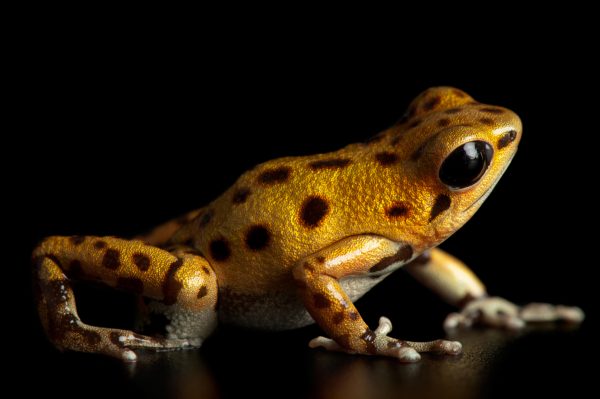 r
r
- r
- rScientific name: Oophaga pumilior
- rResidency in Omaha: Unknown (not currently residing at the Omaha zoo, according to zookeepers in the amphibians department)r
- rConcerns in the wild: Primary threats include habitat loss and overcollection.r
- rFun fact: As their name states, they are poisonous. These frogs sequester a toxin from the ants they eat. This toxin is then secreted through the frog’s skin as an anti-predator defense.
r
r
r
r
Francois’ Langurs
r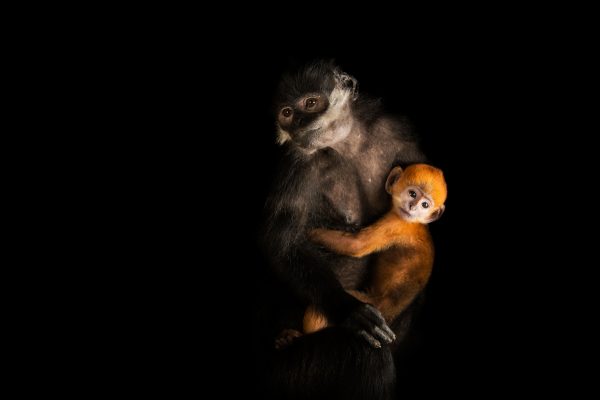 r
r
- r
- rScientific name: Trachypithecus francoisi r
- Name used by zookeepers: Lynn (the adult langur)
- rResidency in Omaha: These specific animals are no longer at the Omaha zoo, but Francois’ langurs have been at the zoo since 1992 (when the Lied Jungle opened).r
- rConcerns in the wild: In Vietnam, the major threat to this species is hunting (although some populations face pressures from mining and other resource extraction in the karst hills). In China, they face the threat of hunting and habitat loss due to local agriculture and firewood extraction.r
- rFun fact(s): Newborn langurs are born bright red and orange, which aids the adults in keeping track of them. After a few months, their hair gradually begins to turn black.r
r
r
r
r
r
African Wild Dogs
r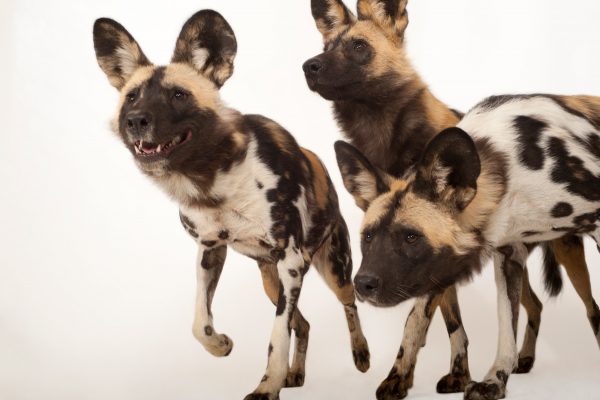 r
r
- r
- Scientific name: Lycaon pictus
- Name used by zookeepers (from left): Sissy, Bomani, and R.J.
- rResidency in Omaha: Although not currently at Omaha’s Henry Doorly Zoo & Aquarium, the zoo had them for nine years (from late 2005 through early 2015).r
- rConcerns in the wild: Habitat loss, human conflict, and domestic dog diseasesr
- rFun fact: They are highly social and work as a pack in everything they do from hunting to pup-rearing. The group in the photo were the first human-reared puppies to be introduced back into a thriving adult pack.r
r
r
r
r
r
Madagascar Ibis
r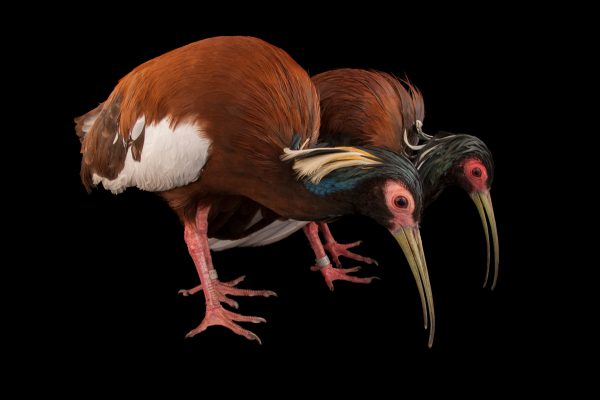 r
r
- r
- rScientific name: Lophotibis cristata urschir
- rResidency in Omaha: Only one of these two (the female) is still residing at the Omaha zoo. She arrived in 2010. The zoo received a new male in 2018.r
- rConcerns in the wild: “Near threatened” (according to the IUCN Red List of Threatened Species) with declining populations. The species is threatened by heavy hunting and trapping, and habitat loss through deforestation.r
- rFun fact: The Madagascar ibis is endemic to the woodlands and forests of Madagascar at altitudes of up to 6,600 feet. Its diet consists mainly of insects, spiders, frogs, reptiles, snails, and invertebrates. It finds prey by touch, thanks to the sensitivity to the bill-tip bone.r
r
r
r
r
Explore Joel Sartore’s Photo Ark online by clicking here.
Read about National Geographic photographer Joel Sartore and his Photo Ark in the May 2019 issue of Omaha Magazine. Find the profile story online here: https://omahamagazine.com/articles/joel-sartores-photo-ark/.


